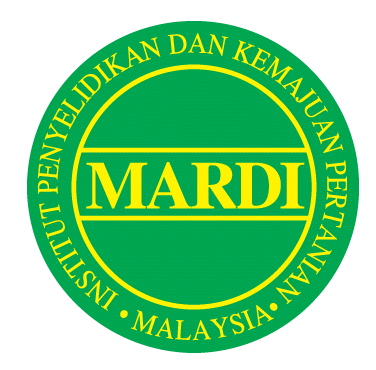UNAPCAEM / MARDI Workshop for SMEs on Appropriate Precision Farming for Enhancing the Sustainability of Rice Production
 The United Nations Asian and Pacific Centre for Agricultural Engineering and Machinery (UNAPCAEM)[1] and the Malaysian Agricultural Research and Development Institute (MARDI) hosted a side event on 15 October 2012 in Kuala Lumpur, Malaysia as part of ESCAP’s Trade and Investment Division’s Asia and Pacific Business Forum (APBF) 2012. The side event titled “UNAPCAEM / MARDI Workshop for SMEs on Appropriate Precision Farming for Enhancing the Sustainability of Rice Production” attracted 45 participants internationally and from within Malaysia. The central aim of the Workshop was to expose participants to the latest technology developed by MARDI on improving the efficiency of rice production in the region and further UNAPCAEM’s role as a platform for sharing best practices for more environmentally sustainable agriculture.
The United Nations Asian and Pacific Centre for Agricultural Engineering and Machinery (UNAPCAEM)[1] and the Malaysian Agricultural Research and Development Institute (MARDI) hosted a side event on 15 October 2012 in Kuala Lumpur, Malaysia as part of ESCAP’s Trade and Investment Division’s Asia and Pacific Business Forum (APBF) 2012. The side event titled “UNAPCAEM / MARDI Workshop for SMEs on Appropriate Precision Farming for Enhancing the Sustainability of Rice Production” attracted 45 participants internationally and from within Malaysia. The central aim of the Workshop was to expose participants to the latest technology developed by MARDI on improving the efficiency of rice production in the region and further UNAPCAEM’s role as a platform for sharing best practices for more environmentally sustainable agriculture.Rice is the major crop for millions living in the Asia-Pacific, and 90 per cent of the world's output of rice is produced and consumed within Asia. Millions grow their own rice and are dependent on sales of surplus rice to provide them with cash to purchase other necessities. Although most Asian rice farms are small holders, they employ intensive labor practices in place of mechanization. With limited land, increasing feminization of rural labor force, environmental concerns, and food insecurity exacerbated by the lingering effects of the global financial crisis and climate change, a viable option to create food surpluses is by increasing land productivity via the introduction of efficient and adaptable precision farming technology for rice production farming systems in the region.
With the above in mind, the packed three hour agenda highlighted MARDI presentations on papers covering “Appropriate Precision Farming Technology –Opportunities for SMEs” and Vision-based Variable Rate Sprayer” by Dr. Chan Chee Wan; “Paddy Field Plot Boundary Extractions and Fertilizer Treatment Maps using Remote Sensing Technique” by Dr. Teoh Chin Chuang; “Variable Rate Fertilizer Seeding Technology for Rice Farming” by Mr. Ayob Abdul Hamid; and “Variable Rate Fertilizer Applications for Rice Farming by Mr. Abu Hassan Daud. The final hour of the workshop was a panel discussion with questions directed to the various presenters by the audience covering the modalities of appropriate precision rice technology and how the technology can be used to serve poorer farmers without the financial resources to access new innovations to enhance their crop yields. One option offered was mapping of multiple fields with cost shared by both farmer and local agricultural authorities. It was also pointed out that such technology greatly reduces the use of fertilizers as it maps were inputs are most and least needed.
The workshop is an example of UNAPCAEM working with its country members to share and promote sustainable agricultural technologies that can enable Asia-Pacific countries to realize the dual goals of intensifying agricultural production and achieving environmental sustainability. UNAPCAEM’s substantive and close collaboration with key country focal points such as MARDI are a means toward advancing more climate resilient agricultural production that enhances rural livelihoods and addresses food insecurity.
[1] The United Nations Asian and Pacific Centre for Agricultural Engineering and Machinery (UNAPCAEM) has been renamed to Centre for Sustainable Agricultural Mechanization (CSAM) effective 1 October 2012.
